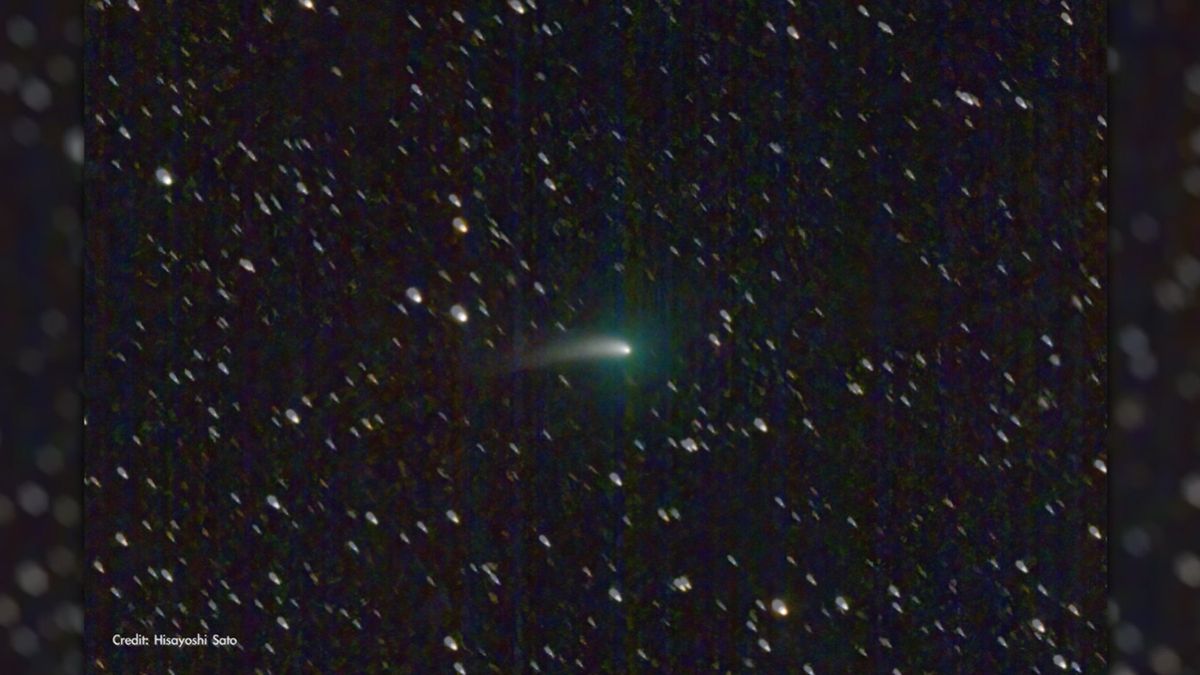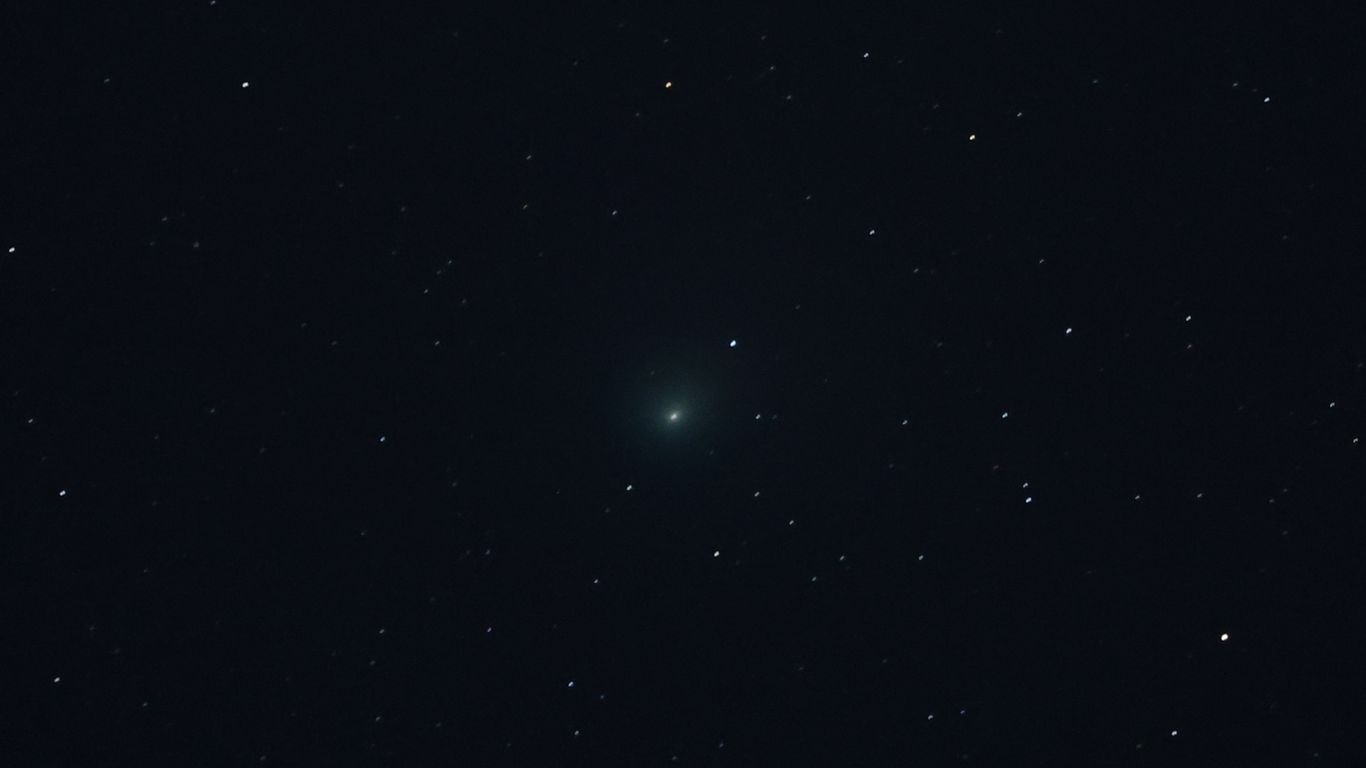Disir
Platinum Member
- Sep 30, 2011
- 28,003
- 9,615
- 910
According to NASA(opens in new tab), observers in the Northern Hemisphere will be able to find the comet in the morning sky, as it moves in the direction of the northwest during January. C/2022 E3 (ZTF) will become visible for observers in the Southern Hemisphere in early February 2023.
According to NASA Jet Propulsion Laboratory (JPL), the comet has a period of around 50,000 years. This means that prior to it coming to within around 100 million miles (160 million kilometers) of the sun on Jan. 12 and 26 million miles (42 million kilometers) of Earth on Feb. 2, the last time it came so close was during the Upper Paleolithic period on Earth.

 www.space.com
www.space.com
This is pretty awesome. It's definitely once in a life time.
According to NASA Jet Propulsion Laboratory (JPL), the comet has a period of around 50,000 years. This means that prior to it coming to within around 100 million miles (160 million kilometers) of the sun on Jan. 12 and 26 million miles (42 million kilometers) of Earth on Feb. 2, the last time it came so close was during the Upper Paleolithic period on Earth.

Possible naked-eye comet will visit Earth for 1st time since Neanderthals in 2023
The comet C/2022 E3 (ZTF) could be bright enough to be spotted with the naked eye as it passes the sun and Earth at the end of the first month of 2023.
This is pretty awesome. It's definitely once in a life time.

